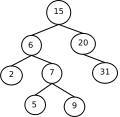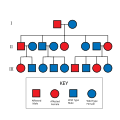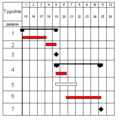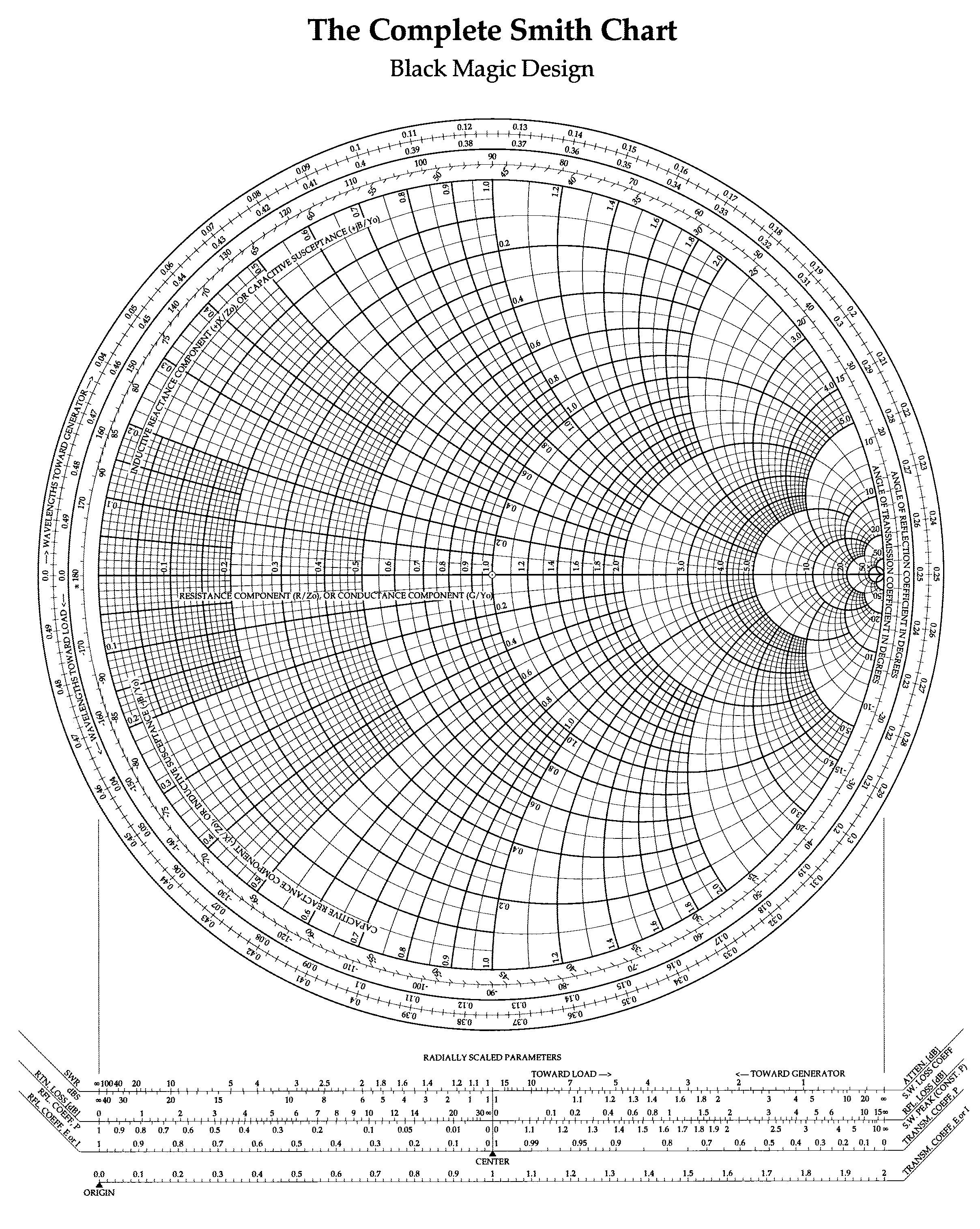Forex Trading Software Preview
GCI now offers both ICTS trading software (windows and java-based) and MetaTrader trading software:
ICTS Trading Software
Trade currencies on 2 pip spreads from the Dealing Rates Table or directly from real-time charts. You can set alerts, place conditional orders, and take advantage of our AFX news feed, live quotes, comprehensive real-time position and account tracking, and mobile trading access.
Prices from the "Dealing Rates" windows are constantly updating and can be clicked on at any time to place a trade. This full-featured trading platform also provides real-time account balance, P&L, and margin information, and real-time charts and news. Recent enhancements include the ability to "hedge" (enter opposite positions in the same currency without offsetting or using additional margin).
Click here for a Free ICTS Forex Trading Demo Account...
MetaTrader Trading Software
GCI now offers Forex and CFD trading on the popular MetaTrader 4 trading platform. Trading directly from charts, fractional lot capabilities, the ability to program trading signals, and unlimited charts and technical indicators are among the many benefits. MetaTrader is ideal for novice traders and professionals alike. All major currency orders are filled directly in the interbank market, with no dealer intervention or delays.

Test MetaTrader software for free: download the installation file (gci4setup.exe, 3.5Mb) to your PC, launch it and install the program, checking for instructions appearing on your monitor.
MetaTrader Trading Software: Download Here

































